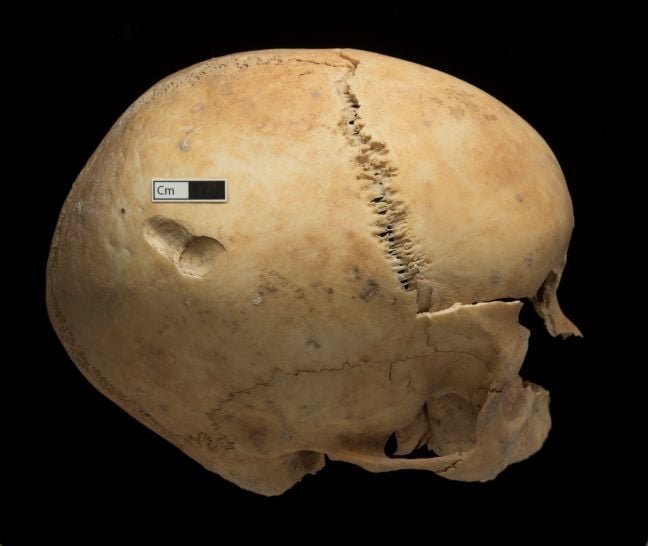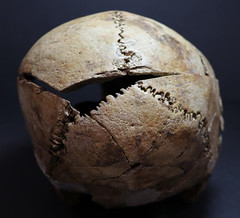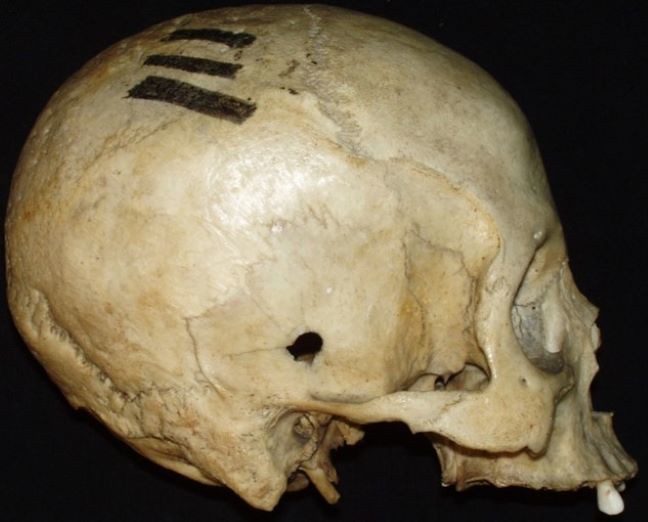
Reach your personal and professional goals
Unlock access to hundreds of expert online courses and degrees from top universities and educators to gain accredited qualifications and professional CV-building certificates.
Join over 18 million learners to launch, switch or build upon your career, all at your own pace, across a wide range of topic areas.


 Massive sharp force trauma to the back of the skull.
Massive sharp force trauma to the back of the skull.
 Ante-mortem trauma to the skull that has undergone substantial healing.
Ante-mortem trauma to the skull that has undergone substantial healing. A skull from the Regional Forensic Center of Knoxville, showing the concentric fracture lines associated with blunt force trauma.
A skull from the Regional Forensic Center of Knoxville, showing the concentric fracture lines associated with blunt force trauma. An entrance wound caused by high-velocity projectile trauma. Note the fine radiating fracture lines extending from the hole.
An entrance wound caused by high-velocity projectile trauma. Note the fine radiating fracture lines extending from the hole.
 An exit wound caused by high-velocity projectile trauma. Note that the injury is larger than the entrance wound and has produced bevelling on the outer surface of the skull.
An exit wound caused by high-velocity projectile trauma. Note that the injury is larger than the entrance wound and has produced bevelling on the outer surface of the skull.







